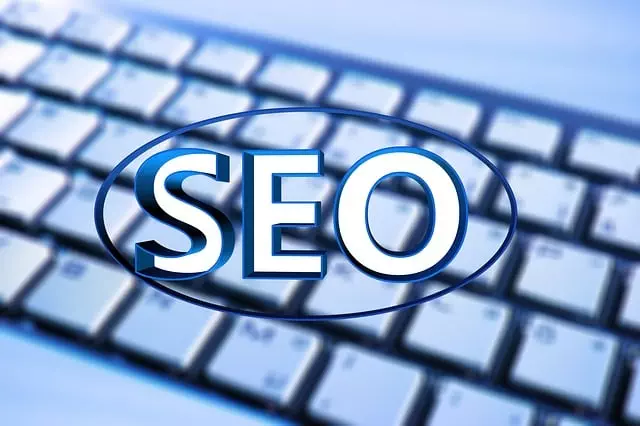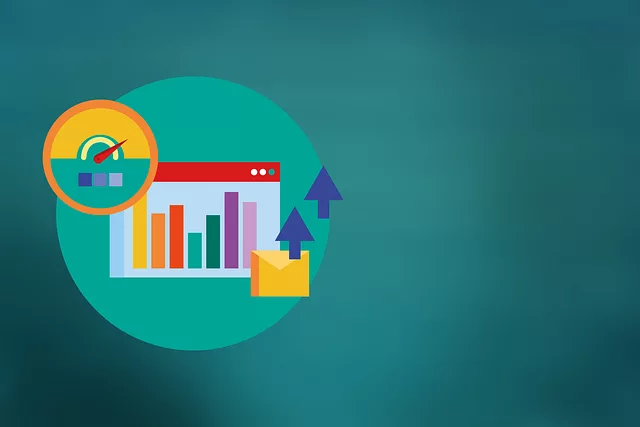In today's digital era, page speed is a critical component of both Technical SEO Training and user satisfaction. Search engines like Google prioritize faster loading times as a key ranking factor. Optimizing website speed not only boosts rankings but also enhances user experience by reducing bounce rates, increasing time on site, and improving conversion rates. Using tools like Google PageSpeed Insights, GTmetrix, and Pingdom, Technical SEO Training identifies bottlenecks and provides actionable recommendations for improvement. Strategies include browser caching, responsive design, CDNs, code optimization, image compression, minification, and lazy loading. Continuous monitoring through integrated tools and analytics ensures optimizations stay current, leading to enhanced user satisfaction and improved search engine rankings over time.
“Unleash the power of lightning-fast pages with our comprehensive Page Speed Optimization Workshop. In today’s digital landscape, where users expect instant gratification, understanding and enhancing website performance is crucial for both SEO rankings and user satisfaction. This workshop delves into the art of optimizing every aspect, from identifying critical metrics to implementing powerful Technical SEO Training techniques. Learn how to analyze bottlenecks, speed up loading times, reduce file sizes, and create a seamless user experience through effective caching and continuous monitoring strategies.”
Understanding Page Speed: Why It Matters for SEO and User Experience

In today’s digital era, page speed has become a critical factor for both Technical SEO Training and user satisfaction. Optimizing your website’s loading time significantly impacts search engine rankings and overall user experience. Search engines, particularly Google, have explicitly stated that page speed is a key ranking signal, rewarding sites with faster loading times with higher positions in search results. This means that if your website takes longer than a few seconds to load, you might be losing out on potential traffic and customers.
Beyond SEO considerations, quick-loading pages enhance user experience, encouraging visitors to browse further and interact with your content. Faster websites lead to lower bounce rates, increased time on page, and improved conversion rates. Users expect instant gratification, and a well-optimized page speed ensures that your website meets these expectations, fostering a positive impression and encouraging repeat visits.
Key Metrics to Measure Website Performance

When evaluating website performance, several key metrics stand out as essential indicators for any Page Speed Optimization Workshop. Tools like Google PageSpeed Insights and GTmetrix offer valuable insights by breaking down site speed into Critical and Strategic metrics. These include load time, first contentful paint (FCP), and total block size, among others. By closely monitoring these, participants in a Technical SEO Training can identify bottlenecks and areas for improvement.
Understanding these metrics allows for data-driven decisions aimed at enhancing user experience and boosting search engine rankings. For instance, reducing page load time below 3 seconds not only ensures fast navigation but also signals to search engines that the site is optimized for speed, potentially improving its visibility in search results. This holistic approach, guided by Technical SEO Training, equips participants with the skills to navigate the complex landscape of website performance metrics and translate them into actionable optimizations.
Identifying Bottlenecks: Tools for Comprehensive Analysis

Identifying bottlenecks is a crucial step in any Page Speed Optimization (PSO) workshop, as it involves a thorough analysis of your website’s performance using advanced tools. This process helps uncover the specific areas causing slow loading times and provides insights into potential improvements. In today’s digital era, users expect instant access to information, so addressing these bottlenecks is vital for enhancing user experience and boosting search engine rankings through Technical SEO Training.
Tools like Google PageSpeed Insights, GTmetrix, and Pingdom offer comprehensive analysis by evaluating various factors such as server response time, resource loading, and browser rendering. These tools provide detailed reports with actionable recommendations tailored to your website’s unique structure and content. By leveraging these resources, you can identify critical issues that may be holding your site back, ensuring a more efficient and effective optimization strategy.
Technical SEO Techniques to Enhance Page Load Times

In the realm of Technical SEO Training, optimizing page speed is a game-changer for any website’s performance and user experience. By employing strategic techniques, webmasters can significantly enhance load times, ensuring folks navigating their digital landscape don’t get left behind in a sea of slow-loading pages. One powerful tool is leveraging browser caching; this involves serving static assets like images and CSS files from the user’s browser cache, reducing the need for repeated downloads with each visit.
Additionally, implementing responsive design principles ensures your website adapts gracefully to various devices and screen sizes, offloading some processing power and improving overall speed. Other key strategies include leveraging content delivery networks (CDNs) to distribute content closer to users geographically, minimizing HTTP requests through code optimization, and utilizing server-side caching to reduce the burden on both servers and visitors alike.
Optimizing Images, CSS, and JavaScript for Faster Loading

In the realm of Technical SEO Training, optimizing images, CSS, and JavaScript plays a pivotal role in enhancing page speed and user experience. Images, often the heaviest elements on web pages, can be significantly compressed without sacrificing quality using tools like JPEG or WebP formats. Additionally, leveraging browser caching for static resources like CSS and JavaScript ensures these files are stored locally, reducing subsequent load times.
Minification—removing unnecessary characters and whitespace from code—is another effective strategy. For CSS and JavaScript, this process can cut file sizes dramatically, leading to faster parsing and execution. Further optimization includes loading these resources asynchronously, allowing other page elements to render first, and utilizing content delivery networks (CDNs) to distribute content geographically closer to users, reducing latency.
Implementing Caching Strategies for Repeated Visits

Implementing caching strategies is a powerful technique to enhance page speed, especially for sites with high traffic and repeated visitor engagement. This involves storing static assets like images, CSS, and JavaScript files in a cache on the user’s device during their first visit. On subsequent visits, these resources can be quickly retrieved from the cache, significantly reducing load times. It’s a crucial aspect of Technical SEO Training as it improves user experience, lowers bounce rates, and boosts search engine rankings.
For effective caching, web developers can utilize browser-based caching headers, where specific time-to-live (TTL) values are assigned to different resources, ensuring they are updated periodically while still offering faster load times. This strategy is vital for dynamic websites, balancing the need for fresh content and optimized performance. By implementing these techniques, website owners can ensure their sites remain efficient, catering to both search engines and user preferences.
Leveraging Compression and Minification for Size Reduction

In the realm of Technical SEO Training, one powerful strategy to enhance page speed is through compression and minification. These techniques are essential for reducing the size of HTML, CSS, and JavaScript files, resulting in faster loading times for websites. Compression algorithms can significantly shrink file sizes without impacting functionality, which is crucial for maintaining a seamless user experience. By leveraging these methods, web developers can optimize their pages for better performance, especially on mobile devices where network connectivity may be less stable.
Minification goes hand in hand with compression by removing unnecessary characters and whitespace from code files. This process streamlines the code, making it lighter and more efficient. When combined, compression and minification techniques ensure that web pages load swiftly, contributing to improved search engine rankings as page speed is a vital factor in Technical SEO.
Best Practices for Continuous Monitoring and Improvement

Continuous monitoring is a best practice that forms the backbone of any successful page speed optimization strategy. By integrating robust tools and analytics, teams can track key performance indicators (KPIs) such as page load time, bounce rate, and conversion rates in real-time. This data provides actionable insights into user experiences, enabling quick identification of bottlenecks and areas for improvement.
Regular technical SEO training is vital to keep pace with evolving industry standards and best practices. Workshops focused on optimizing images, compressing code, leveraging browser caching, and implementing lazy loading can empower teams to continually refine their strategies. Embracing a culture of continuous learning ensures your website remains optimized, enhancing user satisfaction and boosting search engine rankings over time.



